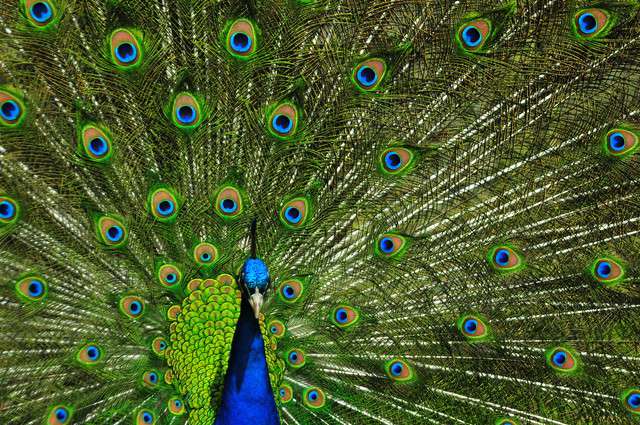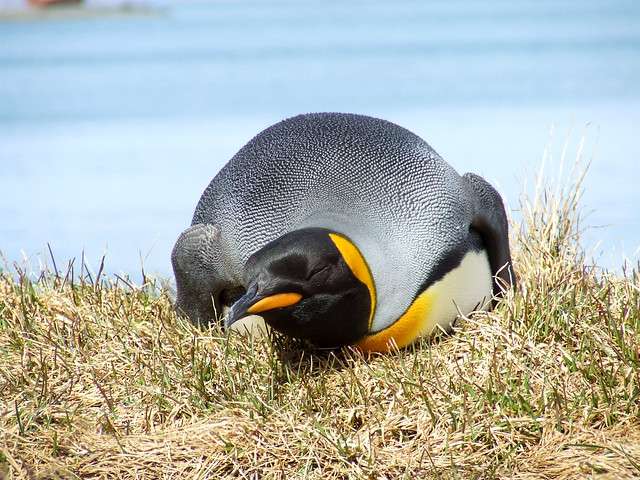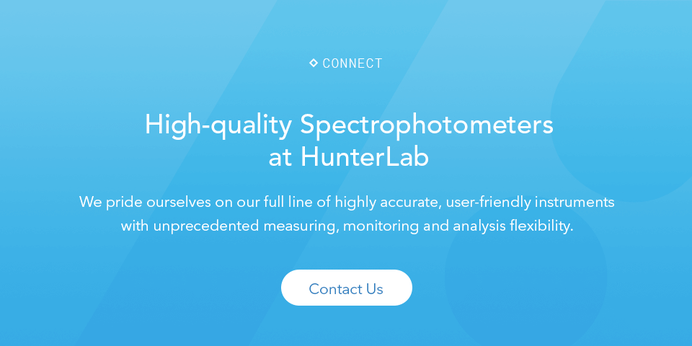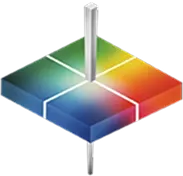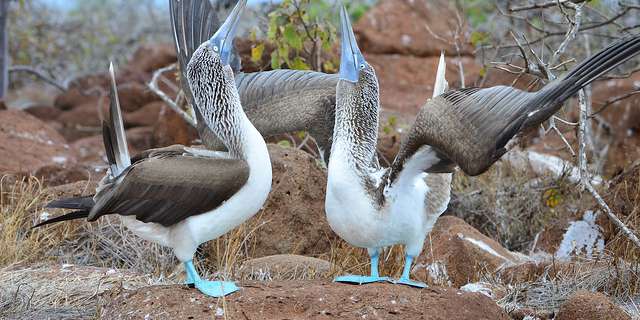
Strut, booby, strut.
Swooping into land, the blue-footed booby flares his wings and settles in front of the ladybird he likes. His heartbeat starts to race as he shows off his wingspan. She seems to like that; she shows her wingspan back. So far, so good. He lifts his neck; she lifts her neck; they clack their beaks together. Looking good, booby. He steps back and lifts his big, blue foot up high to show it off, then puts it down and lifts the other. She looks down her beak at him and takes a step backward, ruffling her feathers. She doesn’t look impressed. He tries again, lifting up his foot, and spreading wide his teal-blue webs, then hops to show the other. She ruffles up, then turns away and with a leap and a flap she catches the wind, flying off to find some fish. Dejected, he watches her go, then hangs his head to look down at his feet. What was the matter? Weren’t they blue enough?
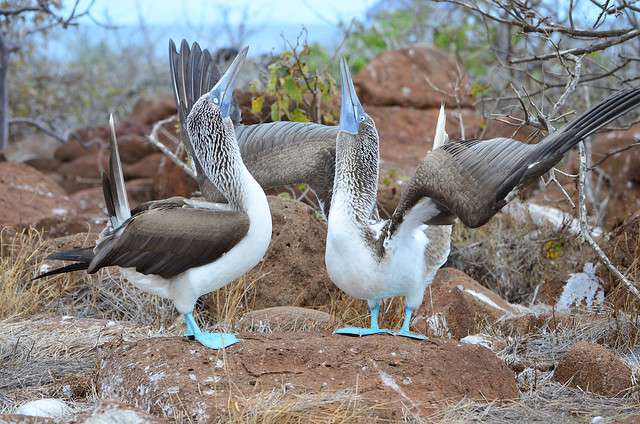
Yeah, I know, they’re pretty blue. Image Credit: Flickr user Paul Krawczuk (CC BY 2.0)

